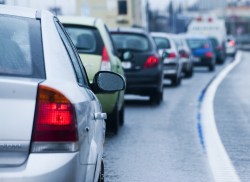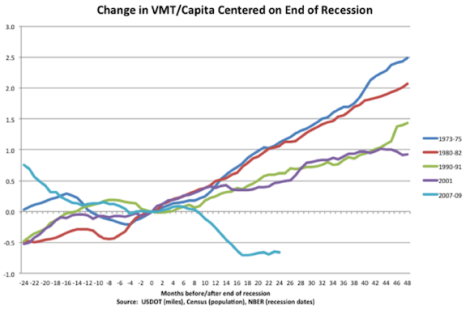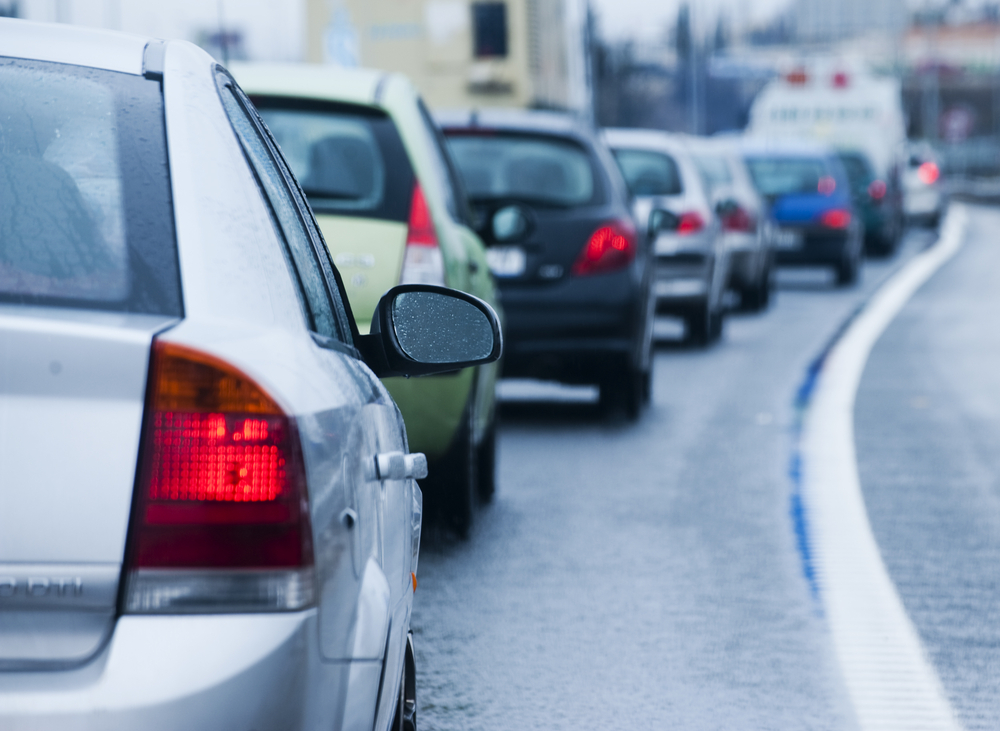
I knew I should have taken the bus …
We may gripe about taxes and subsidizing Amtrak, but when it comes to getting around, Americans are apparently looking for alternatives to sitting in traffic in our beloved automobiles. Don’t believe me? Look at the election results.
This year has seen more transit-related ballot initiatives than any year in at least a decade, according to the Center for Transportation Excellence in Washington, D.C. While two of the highest-profile measures failed — including Los Angeles County’s Measure J, which was defeated yesterday, and another that bombed in Atlanta last summer — in more than two-thirds of the contests this year, voters opted for more buses and trains.
“Atlanta and Measure J were very closely watched around the country. Both were not successful, but that obscures the broader trend,” said Jason Jordan, the center’s director. While he was still waiting for the results of two races, Jordan said transit came out on top in at least 62 percent of the races yesterday. For the year, the success rate will be above 70 percent.
Successes yesterday included votes to approve transit funding in Orange County, N.C.; Arlington County, Va.; Kalamazoo, Mich.; and Stephenson County, Ill., among others. (Jordan’s group keeps a full tally here.)
Another positive sign: Voters in several suburban counties beat back efforts to withdraw from regional transportation authorities — a tool that transit opponents had hoped to take nationwide, Jordan says.
Nonetheless, the defeat yesterday in Los Angeles was a major disappointment. Measure J would have extended a special sales tax that raises billions for transit, highway, and bus projects. It would have allowed the city to borrow money to build more rail and bus routes, and pay for them over time. The measure fell just short of the 66.67 percent supermajority it needed to pass.
Other losses for transit yesterday included a measure in Memphis that would have increased the cost of a gallon of gas by a penny to fund the Memphis Area Transit Authority. Races in Pierce County, Wash., and Richland County, S.C., were too close to call at press time.
Still, Jordan was upbeat. “When the case is made to people about specific benefits [of public transit] in their community, people are consistently willing to step up and help pay for it,” he said. “There is a clear demand for transit. There is a clear demand for alternatives.”
Those alternatives include more than just buses and trains. Take, for example, Measure B1 in Alameda County, Calif., which a reader called our attention to yesterday. The measure, which needed a 2/3 supermajority to pass, was trailing slightly at last report. If approved, it will raise $7.8 billion over 30 years. Of that, $3.7 billion will go to public transit. But a whopping $387 million will go to bike lanes, hiking trails, and other cycling and pedestrian infrastructure. Boom!
Still don’t believe that Americans can live without their cars? Check out this graph from economist Joe Cartright that comes to us via Stephen Miller at Streetsblog. The graph shows how American driving (measured in “VMT,” or vehicle miles traveled) rebounded after the past five recessions. Not so much after the most recent one — charted in light blue. Apparently more Americans are discovering the joys of leaving their cars behind.

In other city-related election news:
- Dan Kildee, leader of the “shrink the city” movement, won Michigan’s fifth congressional district with 64 percent of the vote.
- Former city councilmember Charlie Hales takes the mayor’s seat in Portland. No word yet on what he thinks of the city’s unofficial theme song.
- San Franciscans voted down a proposal to study the city’s water system — another setback for environmentalists who have long dreamed of draining the reservoir that floods the Hetch Hetchy Valley in Yosemite National Park. On the other hand, they approved a $195 million bond measure to fund city parks and recreation.
- Voters in Santa Cruz approved a measure that prevents city officials from approving a seawater desalination plant without first taking it to a popular vote.
- Seattleites approved $290 million in bonds to replace the city’s decrepit seawall.
CORRECTION: The original version of this story stated that Alameda County, Calif.’s Measure B-1 had passed handily. At this update, the county website reports that it is just shy of the 2/3 supermajority it needs to pass.



